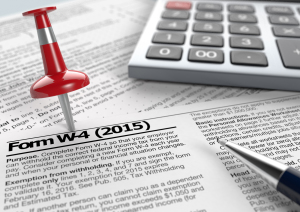I usually write about Missouri tax credits, that’s my state, but today I get to talk about New York. I love New York, it’s a wonderful place, but this new tax credit proposal has me shaking my head.
Have you heard about it? New York’s new state budget has a tax credit for (and I’m going to quote directly from the New York Daily News) “A talk or variety program that filmed at least five seasons outside the state prior to its first relocated season in New York.” There are more requirements here; the show has to be filmed in front of a studio audience of at least 200 people and has to have an annual production budget of at least $30 million.
Can you say, “Tonight Show?” Honestly, can you think of any other show that even meets that criteria?
This new tax credit will pay for 30% of the production costs of the show. Do the math here—the show has to have an annual production budget of at least $30 million, and the state will pay 30 percent of the budget—that’s a lot of money.
In fairness, New York has had tax credits for the film and television industry for years. The New York State film production credit program has helped hundreds of projects get made in New York and that film production has generated millions of dollars of revenue to New York. The cost of the tax credit to New York is around $420 million in lost tax revenue annually. One of the key provisions of the old bill was that the film or television projects had to originate in New York.
But this new credit—well it sounds a bit targeted. Really targeted. NBC has already started building Jimmy Fallon a new studio over at 30 Rock—supposedly for his Late Night show—NBC has not announced that it will actually move the Tonight Show from California.
Call me crazy, but if New York wanted to pay me $9 million to move my business over there, I’d be packing my bags in a heartbeat.
I recognize that states are vying to pull businesses from other states to boost their economies during this economic downtime. State legislatures all over the country are playing games with tax credits. I don’t really think it’s good for the country as a whole, but I can’t stop it either.
But a Tonight Show Tax Credit? Is this really in the best interests of the people of New York State? I’m not seeing it. Maybe it’s because I’m still from Missouri, and you’ll have to “show me.”
Here are two great links to check out:









